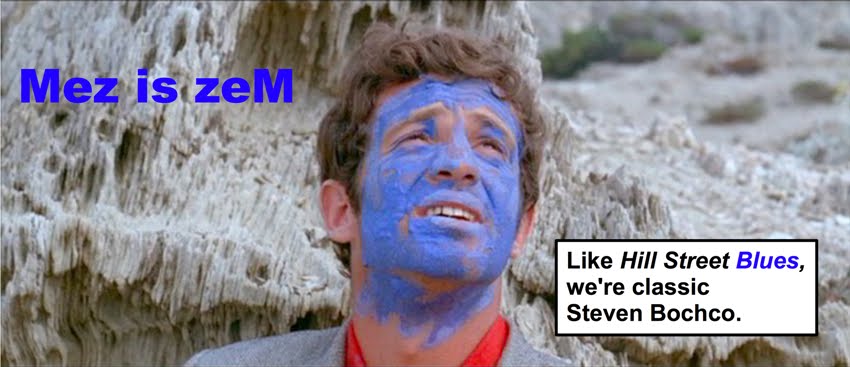(Link to article)
“Quirkiness” has become the word of the different, weird and uncool. Films that can’t be defined as funny or serious are called quirky. If you’re not sure if the film you’re watching is quirky, take out the quirky character trait and, if you’re left with a fairly standard story, it’s a quirky film. An example: take out the witty dialogue from Juno and you have a Lifetime movie called Fifteen & Pregnant. (You’d be surprised how eerily similar they are).
Quirky is a modern incarnation of a type of film that used to be called “outcast cinema.” Of course, it used to be a lot less normal and a whole lot weirder. Eraserhead, Pink Flamingos: that was outcast cinema. It dealt with abnormal subjects, in a not-so-normal way. There was a reason you saw those movies at midnight, too – their foreboding allure made watching them during daylight hours seem sacrilegious. (Watch Eraserhead at noon and then at midnight. It’s two different films, two different worlds, two different sets of implications).
Independent cinema thrived on these types of stories and subjects. Studios, however, didn’t care for them: hardly ever making much money, these films stayed on their side of the sandbox. Then Napoleon Dynamite happened and, suddenly, independent cinema crossed lines. It wasn’t the first time an independent film became a mainstream success, however: Quentin Tarantino made a name with Reservoir Dogs and Pulp Fiction, two films that proved he was fit for Sundance and the Academy. Others like him include his partner in crime Robert Rodriguez (El Mariachi), Kevin Smith (Clerks), Steven Soderbergh (Sex, Lies, and Videotape) and Paul Thomas Anderson (Cigarettes and Coffee), all who had films at Sundance and made more money than expected. Napoleon Dynamite was a clear example of how eccentric characters, doing pretty normal things, and in their own unique, “quirky” way, could be replicated. Whether it is the hamburger phone in Juno, the costumes in Eagle vs. Shark, or a family in a semi-working Volkswagen van in Little Miss Sunshine, it doesn’t take much to make something banal into something quirky.
Does this mean America is becoming more tolerant to the weird, unspoken, un-championed people of our time? Partly. It started with Woody Allen (as a somewhat average, albeit neurotic, man) who wasn’t destructively handsome or completely serious. Woody Allen turned into Steve Martin, then into Adam Sandler. Slowly, this ideal of leading men became less Cary Grant and more Jim Carrey. This doesn’t mean that the actors became less handsome; rather, they began portraying people who weren’t necessarily “normal.” As time progressed, we became O.K. with imperfect leading men and women, which also meant less-than-normal stories.
However, this convergence of independent cinema into commercial film was premature. I agree that America is ready for less manufactured, more authentic protagonists, but has this really happened? People tend to mistake quirkiness for well-developed characters when, in fact, quirkiness simply functions superficially. Quirkiness, therefore, never reveals anything about the character. That’s why genres ebb and flow so much in a commercial industry; once something becomes commercially successful, a market emerges. This explains why, following the popularity of the Lord of the Rings series, we get The Golden Compass; or, when 3:10 to Yuma does well, we get Appaloosa.
You get the same trouble in an economic market. When you find that yo-yo’s are popular, you flood the market with them until the supply overshadows the demand; then you’re left with a warehouse full of yo-yo’s that may one day be in demand again. (Or maybe they won’t). Quirky films are going through the same process and, as a consequence, we’ll have to suffer through the Juno’s to get to the Rushmore’s.




No comments:
Post a Comment